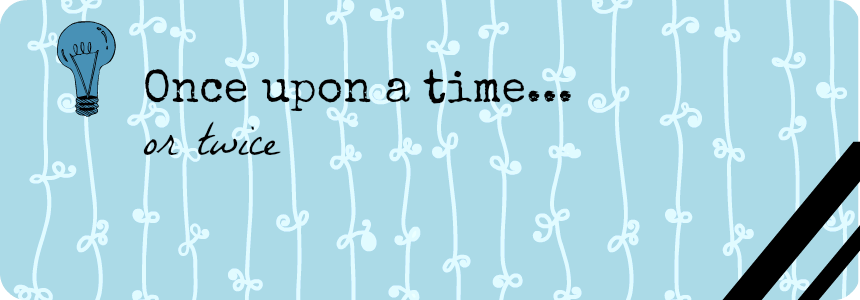As some of you know I am
Laura, and I have created this blog to share with you my opinions, knowledge or
something I could find interesting about Childrens’s Literature in English.
We have done almost a month
of classes, so I have chosen my favourite class to talk about it. Do you
remember what we did in Nursery Rhymes class?
It was a middle-group
class, we were about 20 people, and we started the class talking with our
partner about what could be the meaning of Nursery Rhymes. I have to say that I
didn’t listen about that before. We finally found the definition and some
characteristics through a fast dictation. But the most interesting part of the
class came when we had to link different nursery rhymes with its historical
event.
I want to try to explain
you why this topic was interesting to me. Well, I have listened lots of children
songs since I was a child, but I think I have never thought about the meaning
before. Probably you can hear some words and you are able to relate this word
to a children story without thinking in why someone has written or invented
this song. But I could be able to see the reasons of some stories, and I
understood the difference between being a child and being a teacher. A teacher
knows that children won’t understand the whole meaning while they are listening
the song, but I think a part of their minds will get the information and they
will use it in another moment of their lives.
I also think
that if you want to show your children nursery rhymes you should take into
account that there are different types of choral speaking as refrain, unison,
antiphon, cumulative, solo lines or line around. Why am I saying this? Because
when you know which are the objectives that you want to get with your students,
you can study what type will be easy for children to get it. As I said before I
have never worked with Nursery Rhymes but I think if you want everything to understand
what they are singing at the same moment, they should sing together. Or for
example, if you want them to make a group task will be better use an antiphon
choral speaking.
Finally, I want to show you my favourite
nursery rhyme. I have song lots of times as a summer camp instructor without
knowing that is called nursery rhyme.
Have you ever
listened or song “If you are happy and you know it?”
In my opinion
this song is very useful for 4-5 year-old-children because they can understand
it and it is easy to follow, and also they can learn vocabulary specific with
body parts or body movements.
I hope you liked it and I am waiting for your posts!


Hi Laura!
ResponderEliminarAs it happened to you, I enjoyed a lot the class of nursery rhymes. I even do not know what they were at the beginning but at the end of the class I would love them.
It was amazing for me the great amount of history that is hidden under a simple and innocent children's song. For this reason, is now good for us to know some of them and to feel curious to discover more of them because they can be worked with children in many different ways.
We saw the example in class. First of all. a little brain storming to find out what we know about them. After that, hear some of them. Later, discover what is behind each of them and finally, sing them in different ways.
PD: I like the song you posted, it is great to sing it with children because it contains grammatical structures and actions that will be easily to remember for them just singing the song.
Cris Garcia